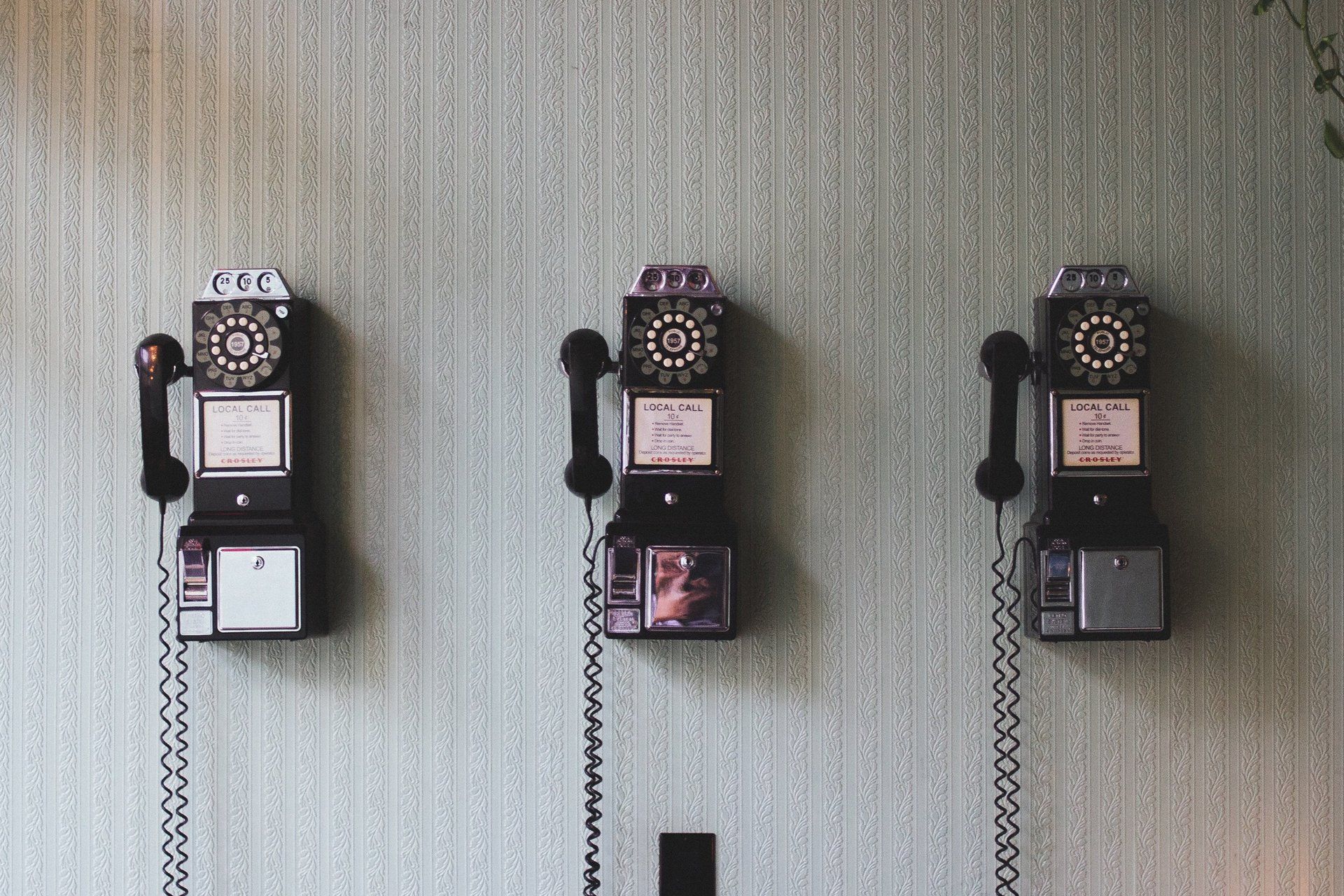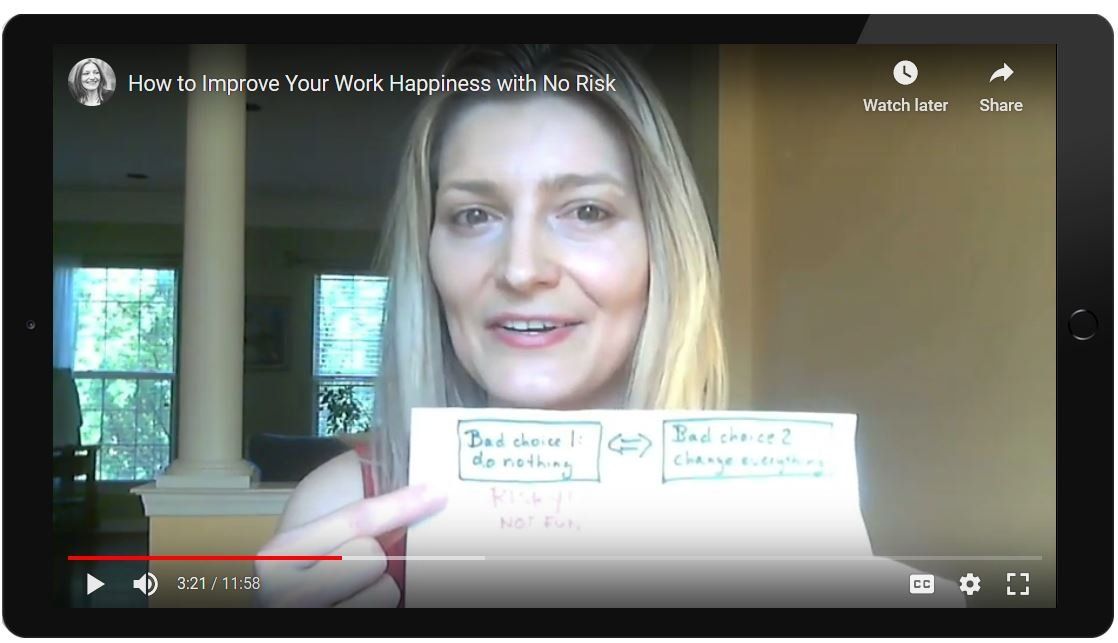This Is How to Make the Right Decision
When you have different options, you might ask yourself how to make the right decision.
Unfortunately, the biggest decisions are often the hardest to make, as if your decision-making skill somehow magically decreases the higher the stakes are.
For instance, I talked to someone the other day who wanted to make a huge professional change but wasn't sure if it was the right time now or if it would be better to wait. It seemed like a big choice for that person which made the decision all the harder to make.
While I can't tell people what decision is the right one for them, I can guide them through a process that helps them discover and follow their own path.
But first things first.
How do people frequently go about making decisions in an unhelpful way?
Often, what we see in the world is either an overly rational or overly instinctual decision-making process.
People who follow the overly rational approach tend to create long lists of pros and cons and engage in head-based analysis. This often leads to getting stuck in a loop and replaying the “what ifs” about the different options repeatedly. While this approach doesn’t lead to rash, inconsiderate actions, the prolonged indecisiveness that often goes along with it can be painful.
People who follow the overly instinctual approach don’t really stop to think, but instead just move into action. While this approach leads to an outcome more quickly and doesn’t include a prolonged period of indecisiveness, the consequences of the chosen path of action are not thought out. This is perfectly appropriate for a small child (or feline), but not for an adult.
The main reason underneath these two unbalanced approaches is that most people have never learned how to consider different perspectives at the same time. As a result, people think that they either need to let their heads or their instincts make the decision.
What’s a better approach for coming to a decision?
The simplest and most powerful approach for making important personal decisions was developed by
Dr. Brian Whetten, an Executive Coach with a Silicon Valley background. For reasons that will soon become clear, he called his framework “Yes Yes Hell No.”
Here's how to make the right decision with this approach:
1. Understand that you have distinct inner components
The first step to moving through any kind of inner impasse is to realize that all of us have distinct inner components.
Often, an inner conflict comes from two or more of these components being in conflict. For instance, a typical inner conflict is the one between someone’s “inner health nut” and “inner couch potato,” arguing about whether one should go for a run or eat a bag of chips instead.
When it comes to inner decision making, the main inner components you need to be aware of are your intuition, your reason, and your fear.
These components make themselves “heard” in different ways:
>> Your intuition can show up as a sense that you're on the right track or that something lights you up,
>> Your reason is typically balanced, calm, and nuanced,
>> Your fear often shows up in the form of anxiety or resistance.
2. Understand the different perspectives of your various aspects—and what comprises a great decision
Once you become more aware of your intuition, reason, and fear as separate aspects of yourself, the next step is to realize that they tend to have a distinct perspective on any decision you want to make.
In any decision you make, they may either tell you, “Yes, do it,” or, “No, don’t do it.”
Sometimes, these three components come to the same conclusions which makes decision making easy. To use an absurd example, my intuition, reason, and fear alike are clear that becoming a lion tamer would be a terrible lifestyle choice for me. In contrast, my intuition, reason, and fear agree that eating healthy food is a good lifestyle choice for me.
Decision making becomes tricky when there’s disagreement among your intuition, reason, and fear.
And that’s exactly where the “Yes Yes Hell No” concept comes in. According to this idea, a great decision often looks like the following: Your intuition is on board with it (first yes ) , your reason agrees that it makes logical sense (second yes ) —and your fear tells you to run the other way (hell no).
3. Understand that under certain circumstances, fear can be a sign that you are on the right track
To make great decisions, it’s crucial that you understand that fear is not always a sign that you shouldn’t do something.
In cases of actual danger (such as a fire or somebody attacking you with a knife), it’s obviously imperative to listen to you fear and get as far away from any threats as possible.
However, there are also situations which trigger people’s fears that don’t represent any real danger. For instance, a person who has had their heart broken many times may be terrified to hear the words, “I love you,” from somebody who cares about them and wants to be in relationship with them. Somebody who has been avoiding the limelight may be scared to receive an award, a promotion, or another form of success and recognition.
You become a great decision maker when you learn how to distinguish these two distinct types of fears and make your fear work for you.
As Amit Kalantri put it: “In the matters of your life, don’t take orders; take decisions.”
By keeping in mind the above, you significantly increase your chances of making a decision that has a positive impact on your life.
A version of this article was first published on elephant journal here.









